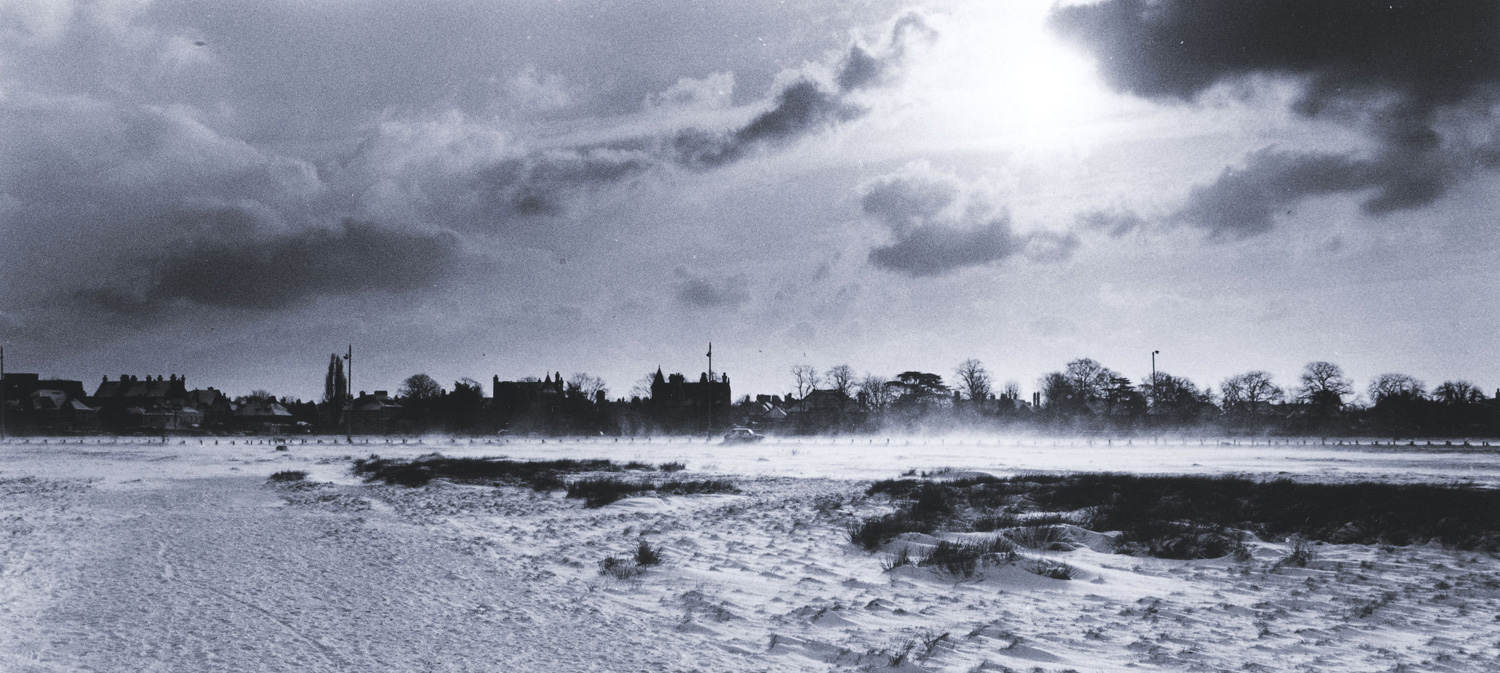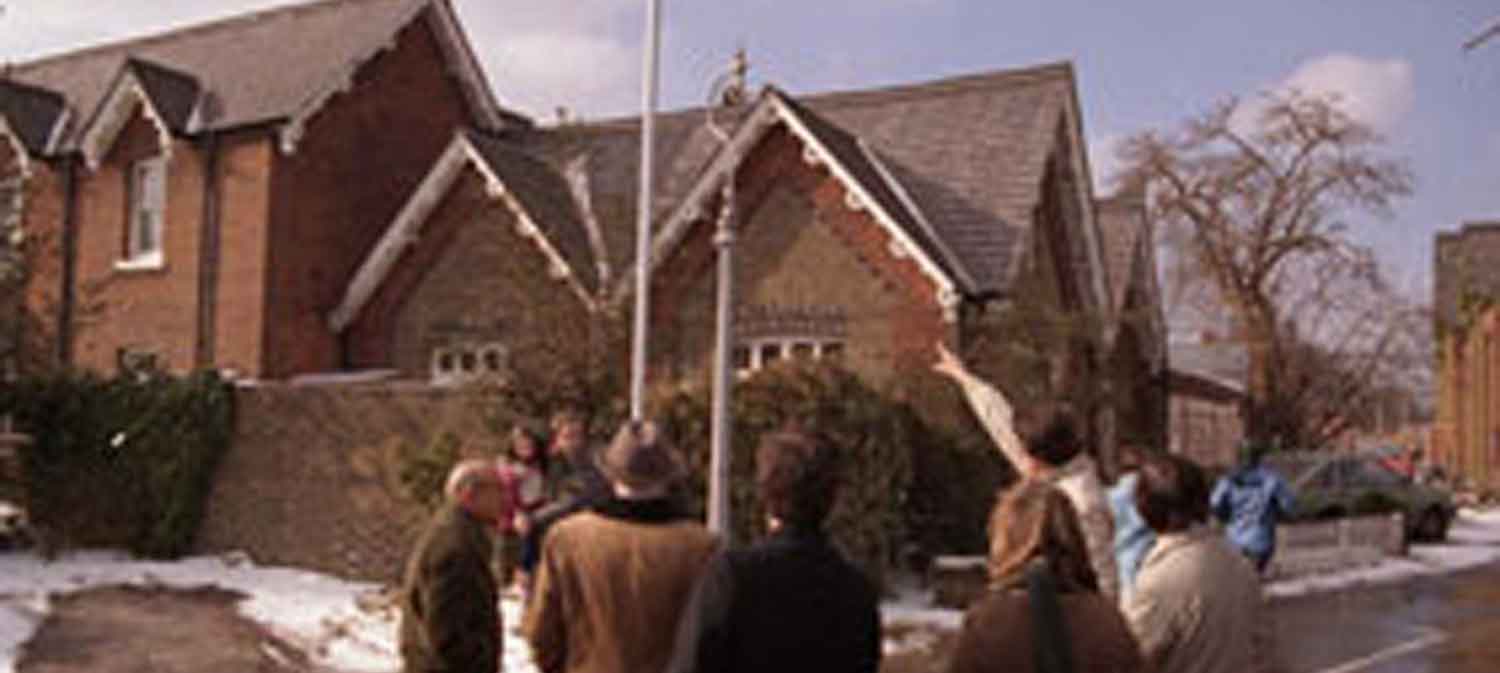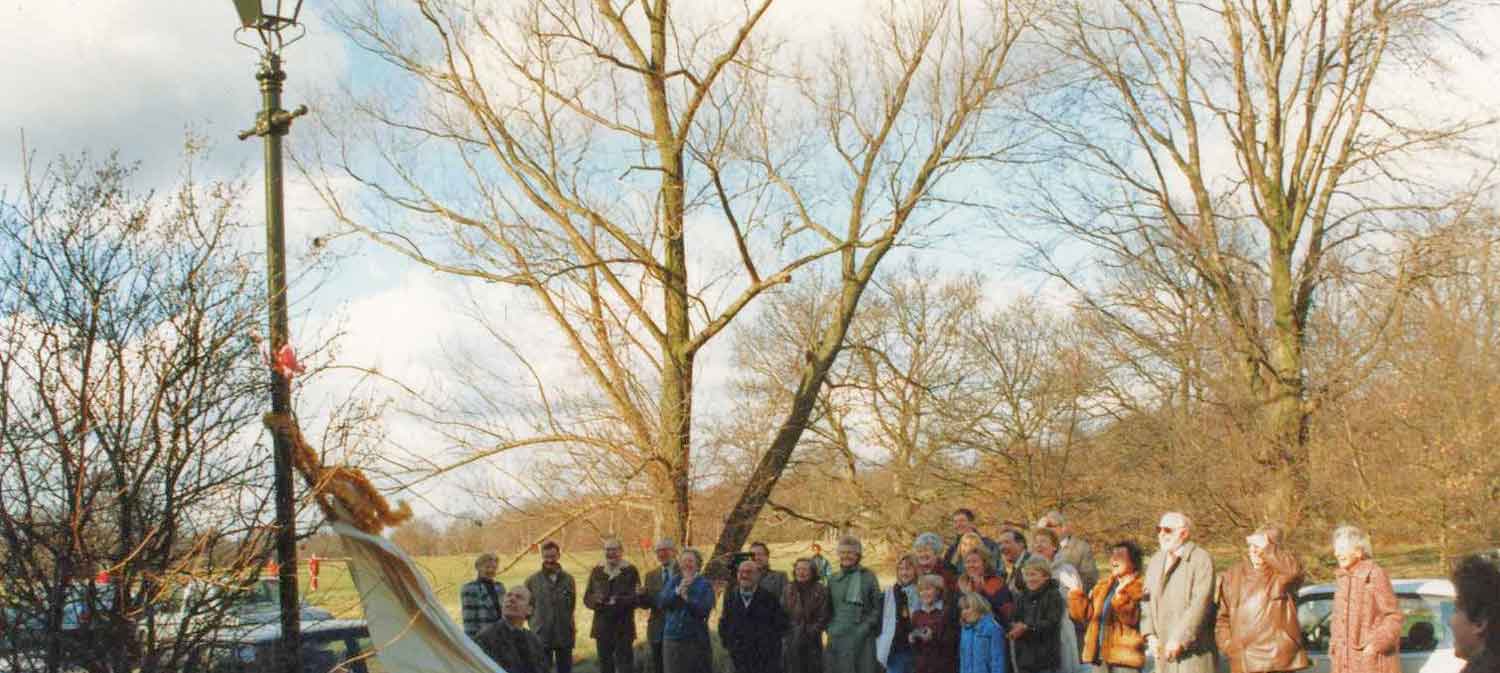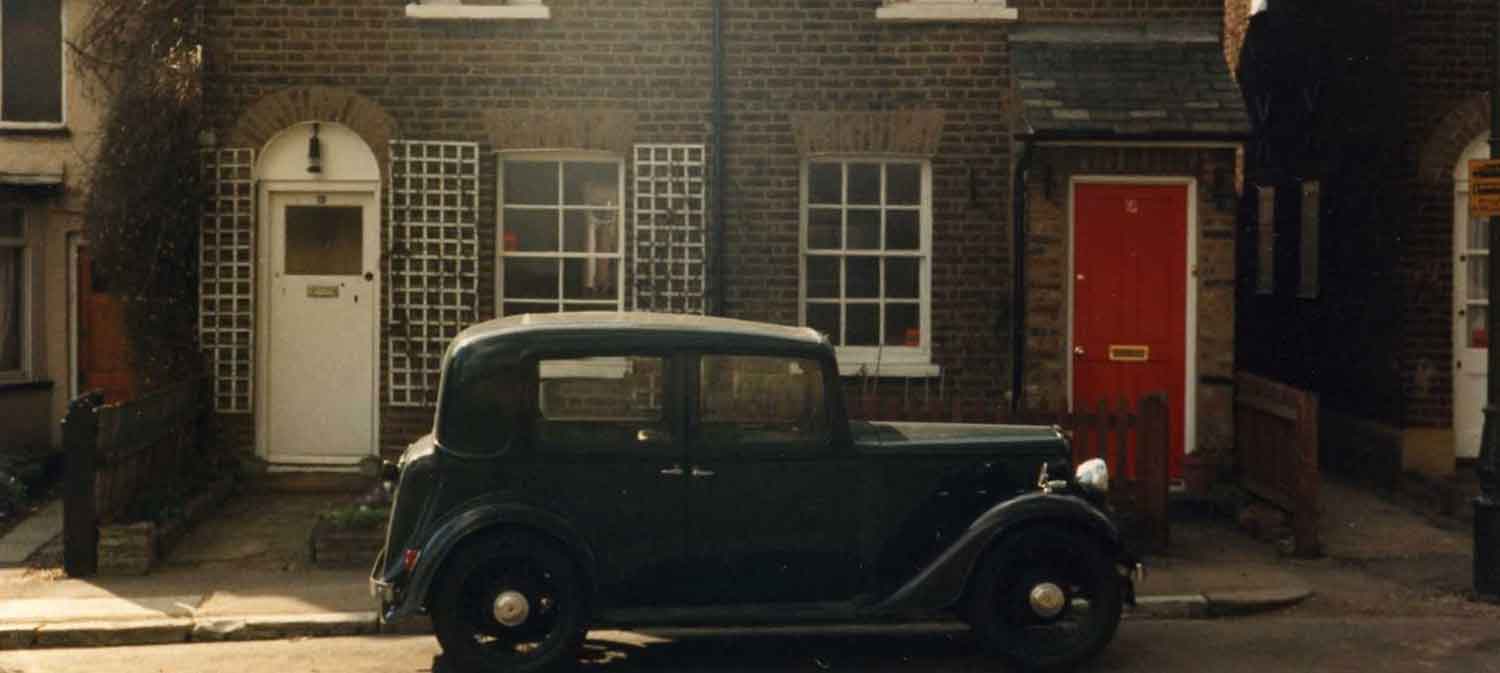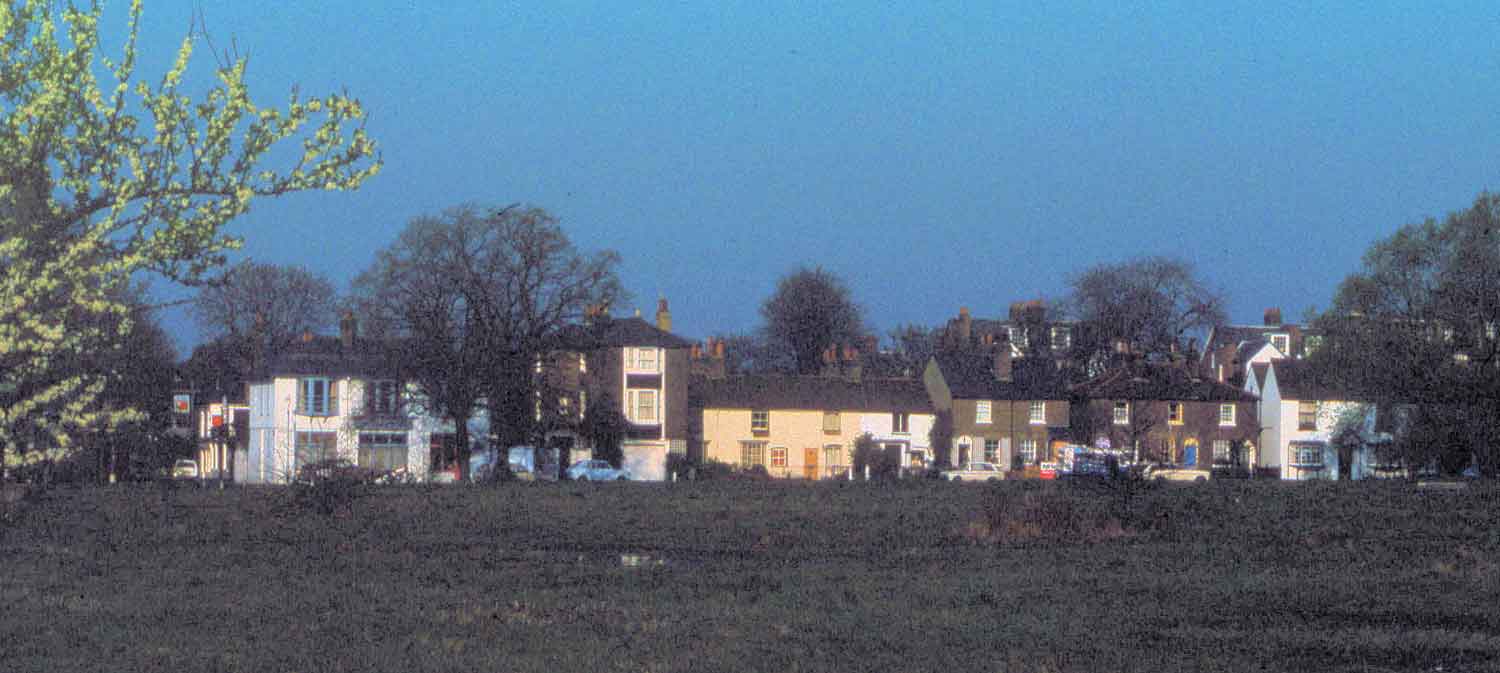The Founding of the Association
In fact during this period the community suffered little outside interference, living under the benign governance of the then Wimbledon Borough Council. The only real threats came from nature. More than once the enclave was cut off by deep snowdrifts in The Causeway (then a two-way road) and West Side. The sense of community was social rather than political. People often threw parties for their neighbours but in 1977 an ad hoc committee organised a grand party for the Queen’s Silver Jubilee in the school hall.
In a sense that organising committee was an embryo of the WCWRA. Not long afterwards the London Borough of Merton, which had taken over Wimbledon in the 1965 reorganisation, decided to replace the gentle swan-necked lamp posts and their dancehall-type mirrored reflectors and tungsten bulbs, that were characteristic of the area, with harsh concrete sodium streetlights. There was outrage at this threatened damage to the character of the area but the new Council adamantly refused to change its plan.
The residents formed an action group with Tom Springer at its head. When the council workmen had finished for the day, residents came out of their houses and pulled the new lampposts out of the still-wet cement and laid them carefully in the gutters.
This time it was the Council who were outraged. After the third time it happened, there were threats of legal action.
The residents invited the Council officers responsible for the decision to a Sunday lunchtime meeting over wine. A compromise was reached. The old swan-necks had to go - they were deemed unsafe, as was tungsten lighting, but the Council accepted that the imposed designs were not appropriate to the character of the area. Victorian-style lamp lanterns were agreed, at a cost of some £50 per household.
Tom Springer then fought off a threat to develop the Old School (now The Study prep) into ‘executive housing’. He was by now keen to get the support of other residents in his battles to preserve the area - not necessarily by the sort of direct action used against the lamppost imposition but by more regularised methods, like organised lobbying and publicity.
By 1989 he had formed a group that included residents with relevant professional expertise. Later, widening its constituency to include all West Side and Chester and Sycamore Roads, this became the Wimbledon Common West Residents Association.
